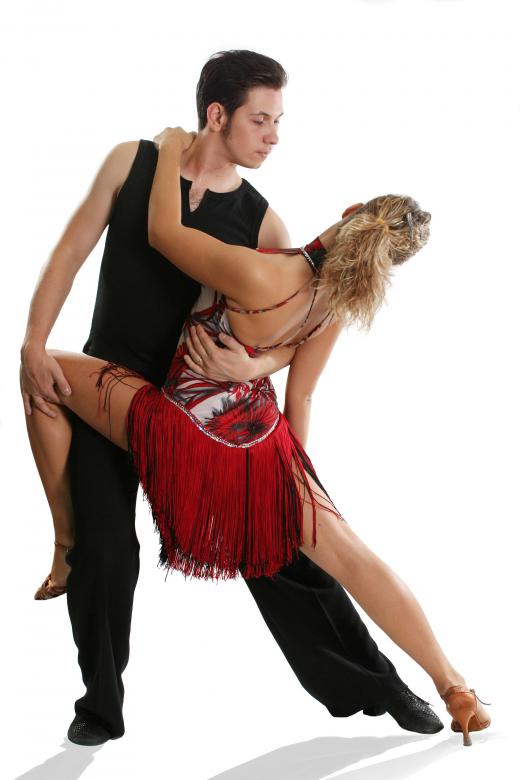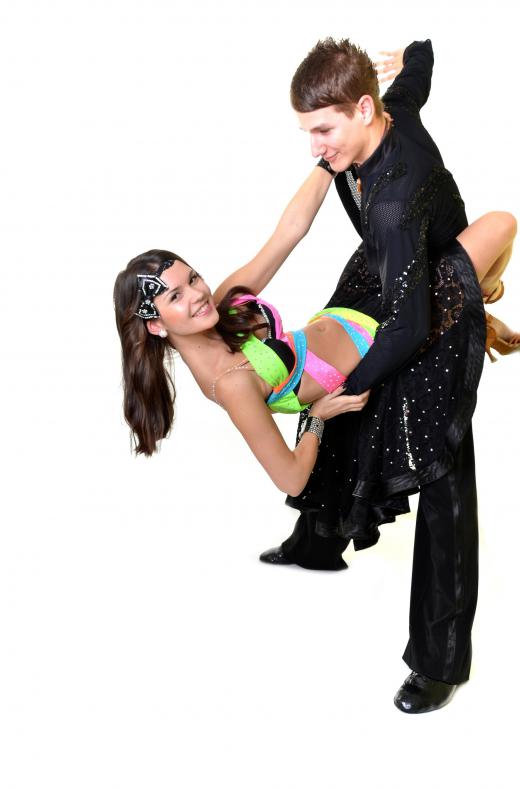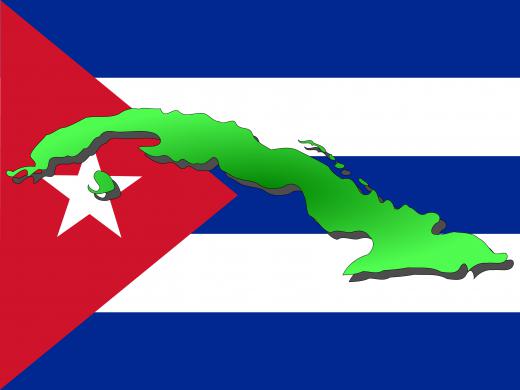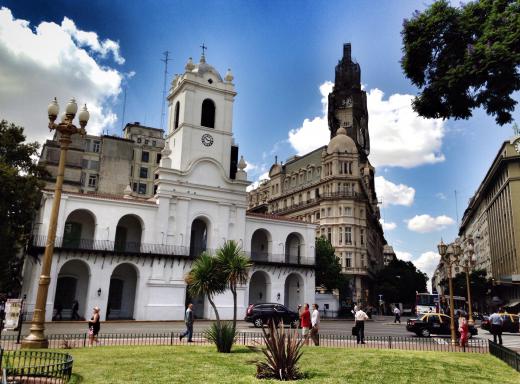Latin dancing can refer to two distinct groups of dance, either social Latin dancing, or ballroom Latin dancing. Social, or traditional, forms of Latin dance, include things like the samba, salsa, merengue, mambo, cumbia, rumba, cha-cha-cha, bolera, and many others. Formal ballroom Latin dancing, on the other hand, includes only five styles: cha-cha-cha, jive, paso doble, rumba, and samba. It should be noted that neither jive nor the cha-cha-cha are Latin in origin, and for this reason the style of dance is sometimes referred to as Latin American dancing or International Latin dancing.
There are hundreds of styles of traditional Latin folk dancing in Latin America, and listing or describing them all would be a monumental undertaking. A few styles have become widely popular, however, and are danced frequently in clubs in the United States and Europe, as well as in Latin America. One famous style, the Argentinean Tango, is notably not a form of folk dancing, and so although it is usually included as a form of Latin dancing, it is distinct from other Argentinean forms like the gato, zamba, chacarera, and escondido.

Salsa is perhaps the most well-known Latin dance style. It originated in the Caribbean, and as a result combines European and African styles in an innovative way. Generally speaking, salsa is a partner dance, but there are solo styles and group styles as well. The salsa dance likely originated in either Cuba or Puerto Rico, and made its way to North America through the Puerto Rican immigrant community in New York City. It is a relatively new form of Latin dance, originating sometime in the 1950s, and growing out of the modern mambo style.

Contemporary salsa dancing derives its steps from the traditional Cuban son, but influence comes in from a number of other styles as well. The cha-cha-cha, mambo, rumba, comparsa, Mozambique, abakua, changui, palo monte, and guaracha all play into salsa. The basic form of salsa dancing is a three step over a four beat, with the fourth beat offering an opportunity for a kick, tap, or pause. One of the three main steps also takes a bit longer than the other two, making it a break step. A step cycle lasts for six steps over eight beats, and any number of interesting moves can be spread over a step cycle.

Mambo is another form of Latin dancing, originating in Cuba, which has been popular since its inception in the late-1940s to fit the mambo music of the 1930s. The original mambo is very different from the break-on-two dance that characterizes modern mambo in the United States. Mambo was originally brought to the United States by Perez Prado, and sometime in the 1970s the style shifted to include a break at the two step.

Tango is probably the most iconic form of Latin dancing, and there are many different forms of the dance. It originated in Argentina, in Buenos Aires, and in Uruguay, sometime in the 1890s. It quickly took control of the dance scene in Argentina, and in the early-20th century took Europe by storm, with a tango craze spreading from France to England and Germany, and eventually to the United States. There are many different tango styles, danced to a number of different musical styles, including the tango, the vals, and milonga.
